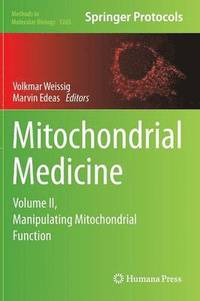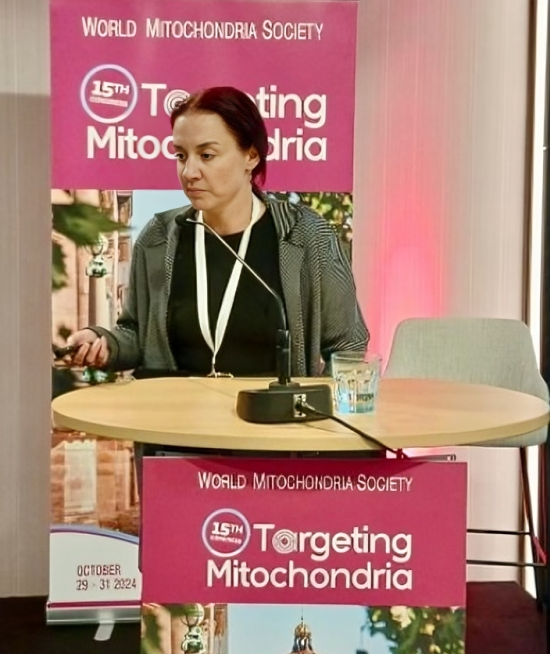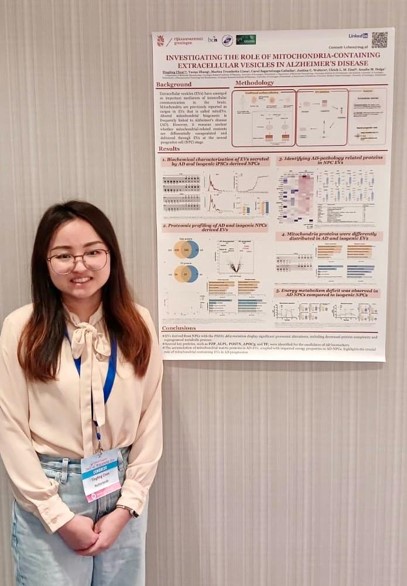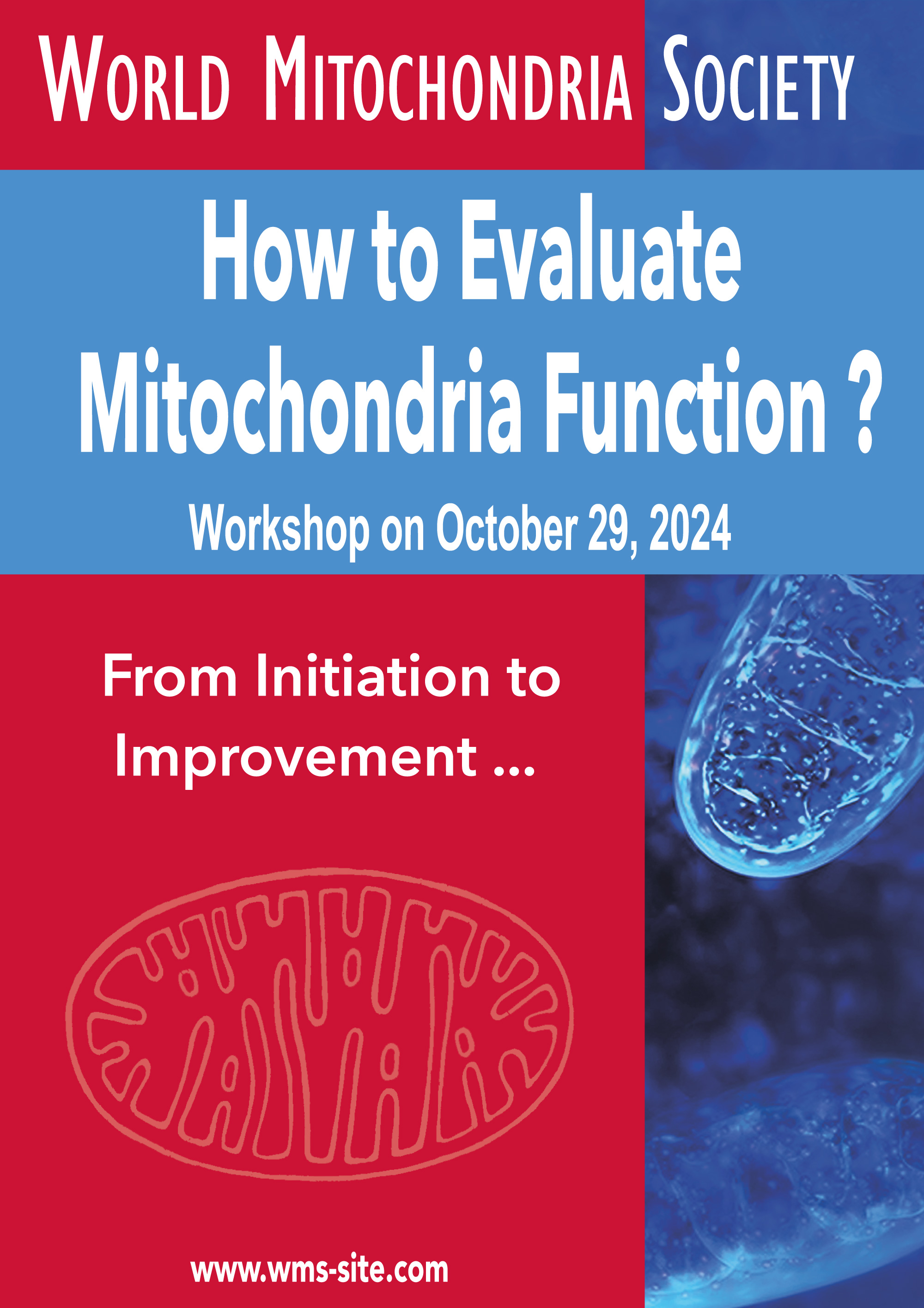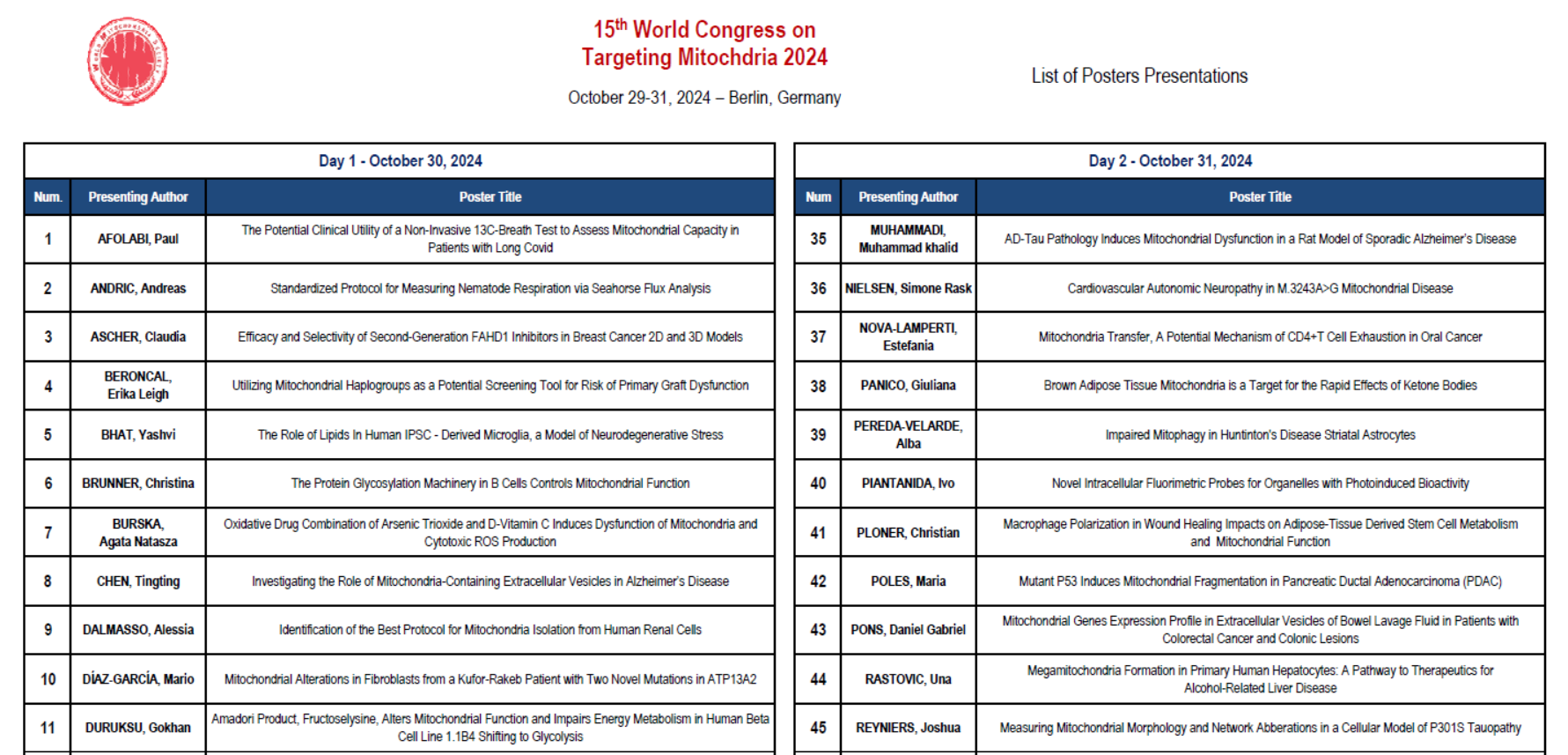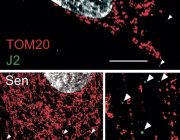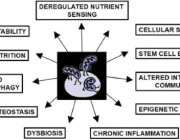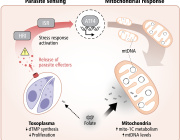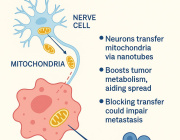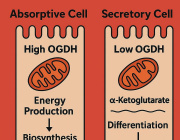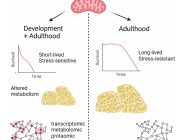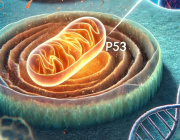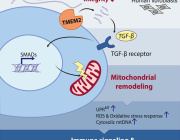GM1 oligosaccharide as mitochondrial modulator: implications in neurological diseases
 Dr. Maria Fazzari, from the University of Milano, Italy, will join us this year to present her most recent findings on "GM1 oligosaccharide as mitochondrial modulator: implications in neurological diseases".
Dr. Maria Fazzari, from the University of Milano, Italy, will join us this year to present her most recent findings on "GM1 oligosaccharide as mitochondrial modulator: implications in neurological diseases".
Functional data and clinical studies suggest the existence of a positive loop between age-dependent GM1 deficiency and neurodegeneration onset of sporadic Parkinson Disease (PD). This loop is triggered by plasma membrane GM1 deficiency, which leads to a failure of trophic signalling and αS accumulation, increasing the susceptibility to neuronal death. Indeed, GM1 is a ganglioside that has been described as a master regulator of neuronal homeostasis and development, acting through diverse mechanisms including modulation of neurotrophin factors (Trk/RET receptors), Ca2+ signalling, and inhibition of inflammation, excitotoxicity, and oxidative stress.
Mitochondria (mit) dysfunctions have long been implicated in PD etiopathogenesis. Considering the role of mitochondria in energy metabolism, Ca2+ homeostasis and cell death regulation, it is reasonable to speculate that altered mitochondrial function may contribute to the vulnerability of dopaminergic neurons. Accordingly, for decades, MPTP has been one of the most used PD models; it is a neurotoxin exerting its effect by the inhibition of NADH:ubiquinone oxidoreductase, leading to mitochondria energy deprivation, oxidative stress increase and finally to cell death.
Recently, Dr. Fazzari and her team demonstrated that the hydrophilic oligosaccharide of GM1 (GM1-OS) is the bioactive portion of GM1 that, by interacting with the NGF TrkA complex, triggers crucial intracellular pathways responsible for neuronal differentiation, protection and restoration, including antioxidant mechanism and mitochondrial bioenergetics.
Targeting Mitochondria 2022 Congress
October 26-28, 2022 - Berlin, Germany
wms-site.com





